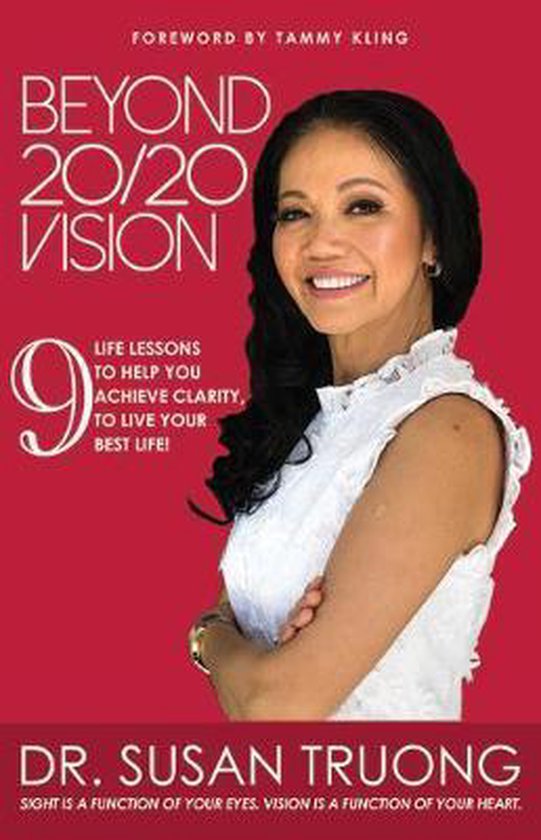

It found evidence that the provision of eye health services is associated with improvement in workplace and economic productivity, household consumption and income, and employment. With this in mind, it undertook a systematic scoping review of the relationship between improving eye health and advancing the SDGs. The Commission contends that eye health should be part of the mainstream agenda to achieve universal health coverage and sustainable development. There is also gender inequality, with 55% of people living with vision loss being women and girls.ĭespite the reduction in age-standardised prevalence of vision impairment observed in the past 20 years, the number of people with vision impairment has risen due to the expanding and ageing global population. Nine in every 10 people living with vision impairment live in low- or middle-income countries (LMICs). Latest estimates show that this is expected to grow to 1.8 billion people by 2050 unless there is significant urgent investment and a coordinated response.

Over a billion people are currently living with vision loss that could be prevented or treated with existing cost-effective interventions. The Commission builds on the foundations laid by VISION 2020 and the WHO World Report on Vision to provide an evidence base for the future of eye health. The Commission was co-chaired by Matthew Burton, Director of the International Centre for Eye Health (ICEH) at the London School of Hygiene & Tropical Medicine (LSHTM), and Hannah Faal, Professor of International Eye Health at the University of Calabar, Nigeria.


 0 kommentar(er)
0 kommentar(er)
